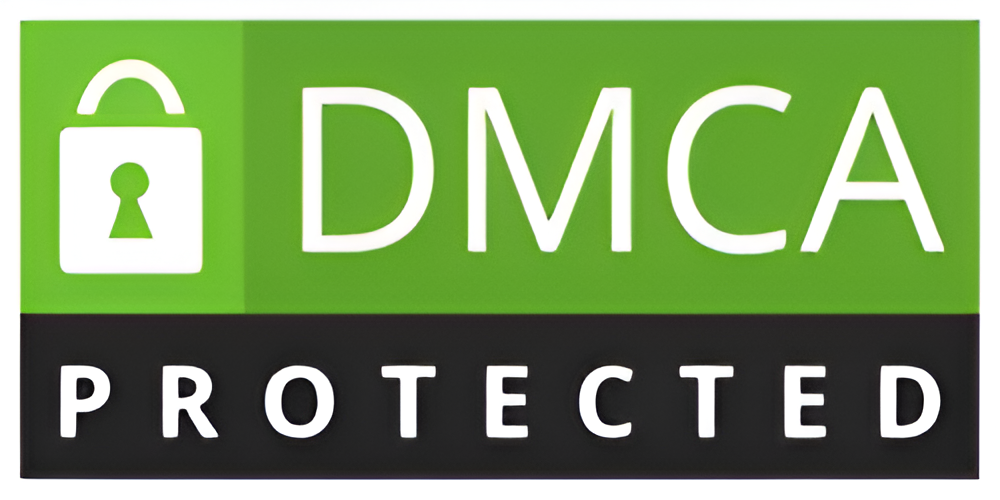Thousands of veterans across the United States depend on VA disability compensation to manage living expenses after leaving military service. Every year, the Department of Veterans Affairs (VA) adjusts payment rates to keep up with inflation — this is known as the Cost-of-Living Adjustment (COLA).
For 2025, veterans with a 60% disability rating received a confirmed pay raise, and another increase is expected in 2026. This article explains how much the raise is, who qualifies, and when payments will arrive.

What Is the 60% VA Disability Pay Increase?
The 60% VA Disability Pay Increase is part of the VA’s annual COLA update. This adjustment ensures that veterans’ benefits keep pace with inflation so their financial stability remains intact as the cost of everyday goods rises.
The VA COLA is linked directly to Social Security’s cost-of-living adjustment, based on changes in the Consumer Price Index for Urban Wage Earners (CPI-W). In simple terms — when prices go up, veterans’ payments go up too.
Confirmed 2025 VA Disability Pay Increase
For 2025, the VA applied a 2.5% COLA increase, effective December 1, 2024. Veterans saw the new payment amounts in January 2025.
Here’s how the updated monthly payments look for veterans with a 60% disability rating:
| Category | 2025 Monthly Payment |
|---|---|
| Veteran alone | $1,395.93 |
| Veteran with spouse | $1,523.93 |
| Veteran with spouse and child | $1,617.93 (approx) |
These increases help veterans and their families manage essential expenses such as housing, healthcare, food, and transportation.
Projected 2026 VA Disability Pay Increase
While official 2026 rates have not yet been announced, financial experts and veterans’ organizations expect another moderate increase. Early estimates suggest that the 2026 COLA will range between 2.5% and 2.7%, depending on inflation trends through late 2025.
Expected Implementation
- Effective date: December 1, 2025
- First increased payment: January 2026
Estimated 2026 Pay Chart (60% Disability)
| Category | Projected 2026 Monthly Payment (2.7% Increase) |
|---|---|
| Veteran alone | $1,520.99 |
| Veteran with spouse | $1,660.99 |
| Veteran with spouse and child | Around $1,750.00 (estimated) |
The exact numbers will be confirmed once the Social Security Administration releases the official 2026 COLA rate, expected in October 2025.
Eligibility for VA Disability Pay Increase
You are eligible for VA disability payments if you meet these conditions:
- You are a veteran of the U.S. Armed Forces.
- You have a service-connected disability verified by the VA.
- You hold a VA-assigned disability rating, such as 60%.
- You are not disqualified under VA rules (for example, due to incarceration).
Veterans with dependents — such as a spouse, children, or dependent parents — will receive higher monthly compensation.
Why the Increase Matters
This increase is not just about numbers — it’s about honoring service and supporting veterans’ well-being. The extra income helps veterans and their families keep up with the rising cost of living, offering:
- Better financial stability: Easier to pay for housing, healthcare, and groceries.
- Improved medical access: More funds for therapy, medication, and transportation.
- Family support: Dependents benefit from higher monthly payments.
- Protection from inflation: Keeps veterans’ benefits from losing value over time.
Smart Tips for Managing the Increase
If you’re receiving a pay boost, it’s a good time to make smart financial decisions:
- Create or update your monthly budget — include essential costs and savings.
- Save a portion for emergencies or future healthcare expenses.
- Track spending using online banking or budgeting apps.
- Ask for financial guidance — the VA offers free counseling for veterans.
Being proactive can help ensure long-term financial security and peace of mind.
Frequently Asked Questions (FAQs)
The 2025 increase was 2.5%, raising payments for all VA disability levels.
The 2026 increase will take effect on December 1, 2025, with payments appearing in January 2026.
A veteran with no dependents receives $1,395.93 per month.
Yes. Veterans with a spouse, children, or dependent parents receive higher benefits.


